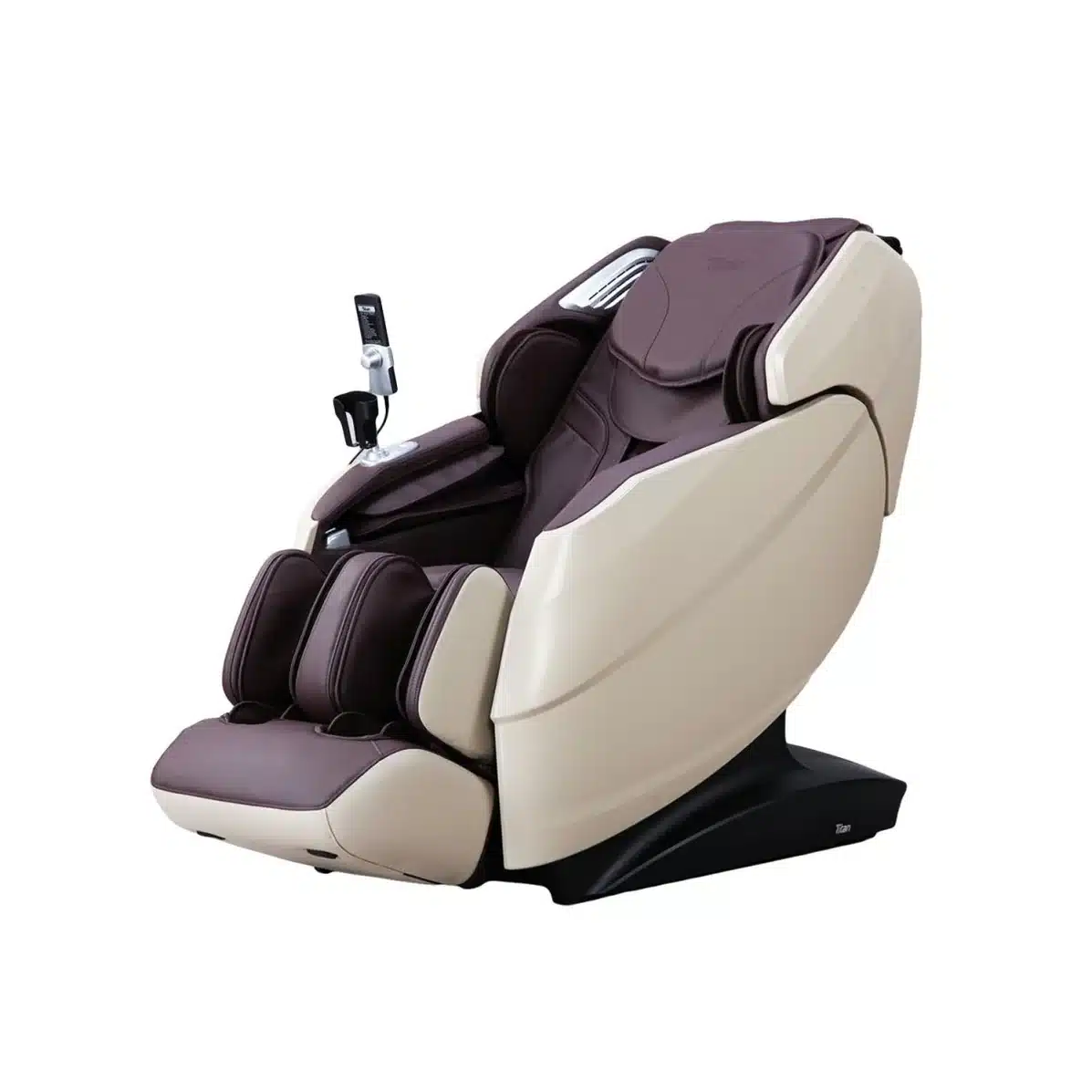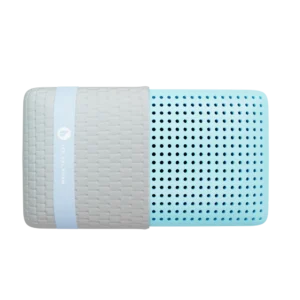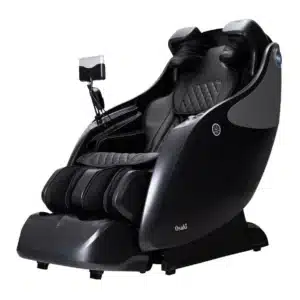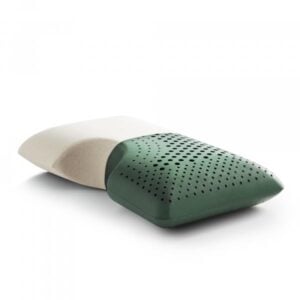An Essential Guide to Sleep Apnea Symptoms and Treatment in Dogs
Understanding Sleep Apnea in Dogs
Sleep apnea in dogs is a serious condition that can significantly disrupt your furry companion’s sleep and overall health. If you’ve noticed your dog snoring excessively, gasping for air, or waking up frequently during the night, these could be crucial warnings signs of sleep apnea. This guide will equip you with everything you need to know about this condition.
What is Sleep Apnea in Dogs?
Sleep apnea in dogs refers to a sleep disorder where a dog’s breathing repeatedly stops and resumes during sleep, often due to temporary blockages in the upper airway. Such disruptions may compromise the quality of their sleep and contribute to various health issues.
Similarities to Human Sleep Apnea
Much like humans, dogs with sleep apnea experience interrupted breathing during sleep. These interruptions often occur during the deep stages of Rapid Eye Movement (REM) sleep, when their muscles are more relaxed. Frequent awakenings can lead to daytime fatigue and potentially serious health problems.
Common Breeds Affected by Sleep Apnea
Certain dog breeds are particularly prone to sleep apnea, especially those classified as brachycephalic (short-nosed). The structural characteristics of these breeds can make breathing more challenging. Common breeds affected include:
– English Bulldogs
– French Bulldogs
– Pugs
– Cavalier King Charles Spaniels
– Chihuahuas
– Shih Tzus
– Boston Terriers
– Pekingese
Understanding which breeds are more susceptible to sleep apnea helps you stay vigilant for symptoms. Brachycephalic breeds, while adored for their unique appearance, are significantly more likely to experience respiratory issues, including sleep apnea.
Why Recognizing Symptoms Matters
Monitoring for symptoms of sleep apnea is essential. Dogs require quality sleep for optimal health, and disturbances can lead to long-term concerns like high blood pressure and heart problems. Timely diagnosis and treatment can greatly improve your dog’s quality of life.
Common Causes of Sleep Apnea in Dogs
Understanding the underlying causes of sleep apnea can empower you to manage and even prevent this condition. Here are some prevalent factors:
Obesity
Obesity is a leading risk factor for sleep apnea in dogs. Excess body weight can lead to fat deposits around the neck, narrowing the airway and complicating breathing. Regular exercise and a balanced diet are crucial for maintaining a healthy weight.
Statistics suggest that overweight dogs are significantly more likely to experience severe symptoms of sleep-disordered breathing.
Brachycephaly
Dogs with brachycephalic features are more likely to develop sleep apnea. The unique structure of their faces can lead to breathing difficulties due to:
– Narrow nostrils
– Enlarged tongues
Studies have found that flat-faced breeds often experience worse sleep quality due to these physical restrictions.
Age
Aging can also contribute to the development of sleep apnea. Older dogs frequently experience changes in muscle tone and airway structure, which can exacerbate breathing difficulties during sleep.
Allergies
Allergies can inflame the nasal passages and worsen sleep-related breathing issues. While allergies alone may not cause sleep apnea, they can significantly complicate pre-existing conditions.
Obstructions
Obstructions in the airway, such as enlarged tonsils or other growths, can block airflow and cause sleep apnea. In some cases, surgical intervention might be necessary to resolve these issues.
Key Symptoms of Sleep Apnea in Dogs
Recognizing the symptoms of sleep apnea in dogs allows for early intervention and treatment. Here are the primary signs to monitor:
Loud Snoring
While some breeds naturally snore, a sudden increase in volume or frequency can indicate sleep apnea.
Tip: If your dog’s snoring becomes louder or more irregular, consult your veterinarian.
Gasping or Choking
Dogs experiencing sleep apnea may gasp or choke during slumber as their airways become blocked, creating a struggle for air.
Observation: Listen for choking sounds overnight.
Breathing Pauses
Episodes where your dog seems to hold their breath can last from several seconds to a minute, only to be followed by a loud snort or gasp.
Statistics show that sleep apnea is diagnosed when a dog experiences five or more episodes of paused breathing during sleep.
Daytime Fatigue
Dogs with sleep apnea may show signs of unusual tiredness during the day due to the disrupted sleep cycle.
Restlessness
Restless behavior during sleep, such as frequently changing positions or appearing uncomfortable, is often seen in dogs with this condition.
Diagnosing Sleep Apnea in Dogs
If you suspect your dog suffers from sleep apnea, consult your veterinarian for an accurate diagnosis. The diagnosis typically involves:
1. Veterinary Consultation: Your vet will take a detailed history of your dog’s sleeping habits and conduct a physical examination to identify potential obstructions or related health issues.
Tip: Document any sleep disturbances to provide your vet with reliable data.
2. Diagnostic Criteria: Your vet will look for typical signs, including the number of breathing pauses during sleep and their duration.
3. Modified Human OSA Criteria: Some vets may use criteria derived from human obstructive sleep apnea (OSA) to diagnose dogs, including sleep pattern observations and, in rare cases, oxygen level monitoring.
Treatment Options for Sleep Apnea in Dogs
Treatment for sleep apnea in dogs may include multiple approaches. Here are some common options:
Weight Management
If obesity is a contributing factor, establishing a proper diet plan and exercise regimen with your vet can yield significant improvements in your dog’s sleep apnea symptoms.
Surgical Interventions
For some dogs, surgery may be necessary to rectify physical obstructions in their airway, including:
– Stenotic nares surgery
– Soft palate resection
Medications
Veterinarians may prescribe medications, such as ondansetron, to help manage sleep apnea symptoms effectively.
Lifestyle Changes
Incorporating simple lifestyle changes, like controlling allergens in your dog’s environment and ensuring they have a comfortable sleeping space, can also help mitigate the effects of sleep apnea.
Helping Your Dog with Sleep Apnea
To assist your dog in managing sleep apnea, consider employing practical strategies such as:
1. Maintaining a Healthy Weight: Regular exercise and a balanced diet can greatly improve your dog’s breathing and overall health.
2. Avoiding Allergens: Identify and minimize your dog’s exposure to common allergens, including pollen and specific food ingredients.
3. Creating a Peaceful Sleep Environment: Ensure your dog’s sleeping area is cool, quiet, and comfortable, which can enhance the quality of their sleep.
Conclusion
Understanding sleep apnea in dogs is vital for maintaining their health and happiness. By recognizing the symptoms, causes, and treatment options available, you can take proactive steps to help your furry friend get the restful sleep they deserve. If you suspect your dog may be suffering from sleep apnea, consulting with a veterinarian can lead to effective solutions and a better quality of life for your dog.


















